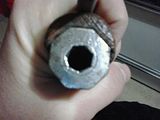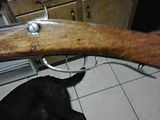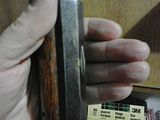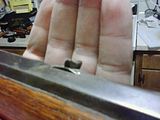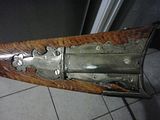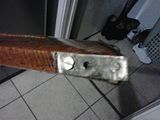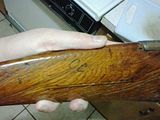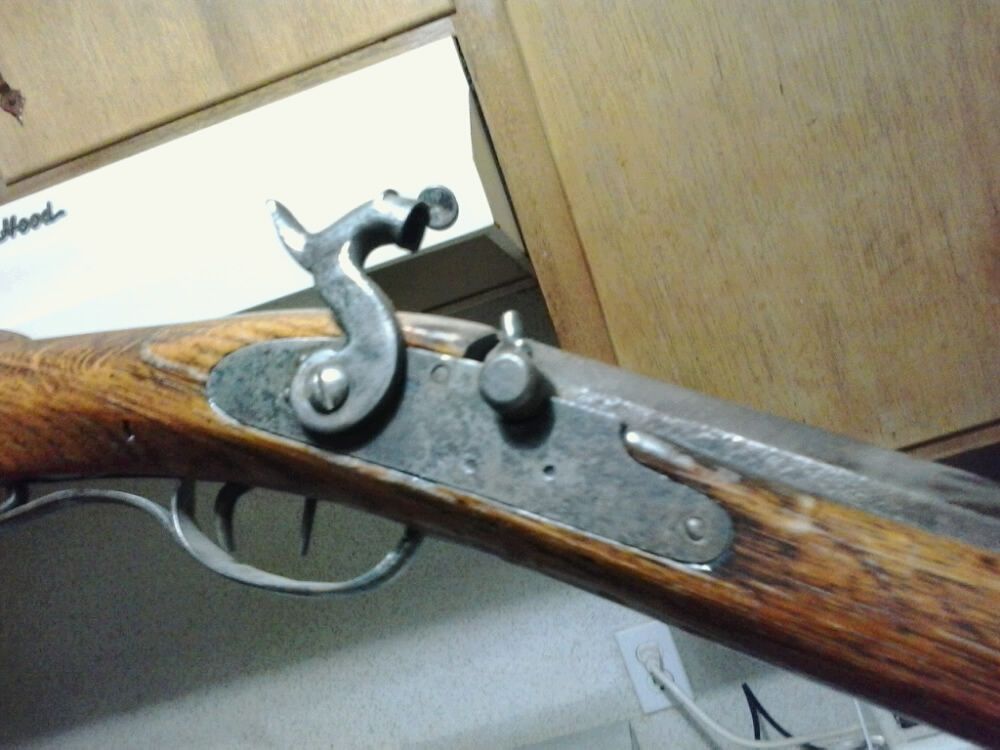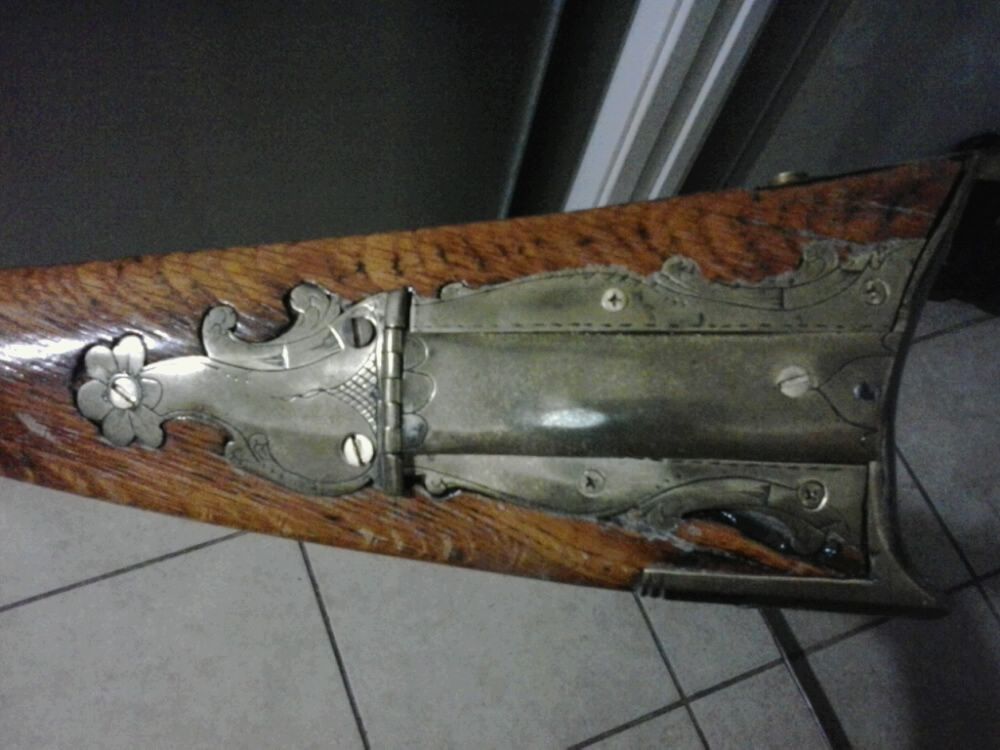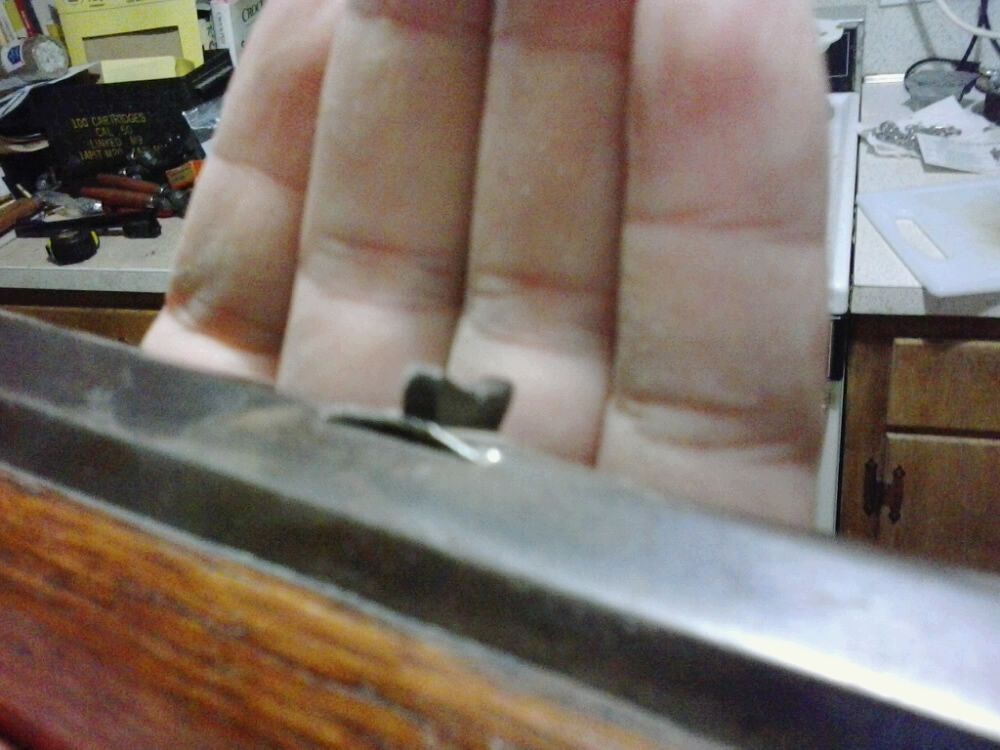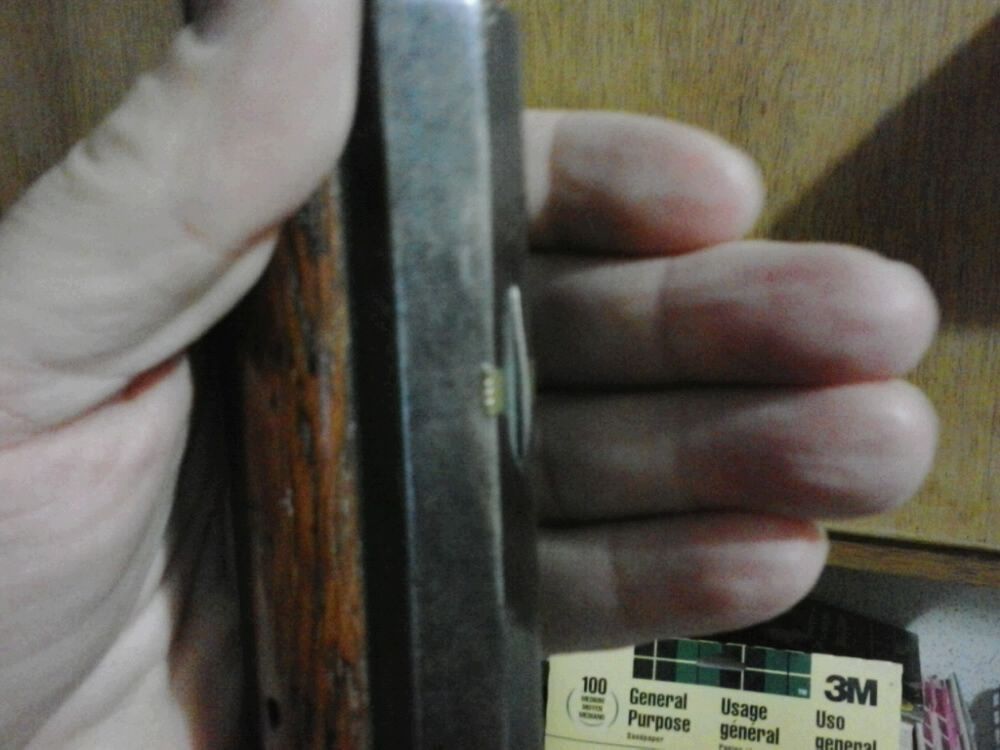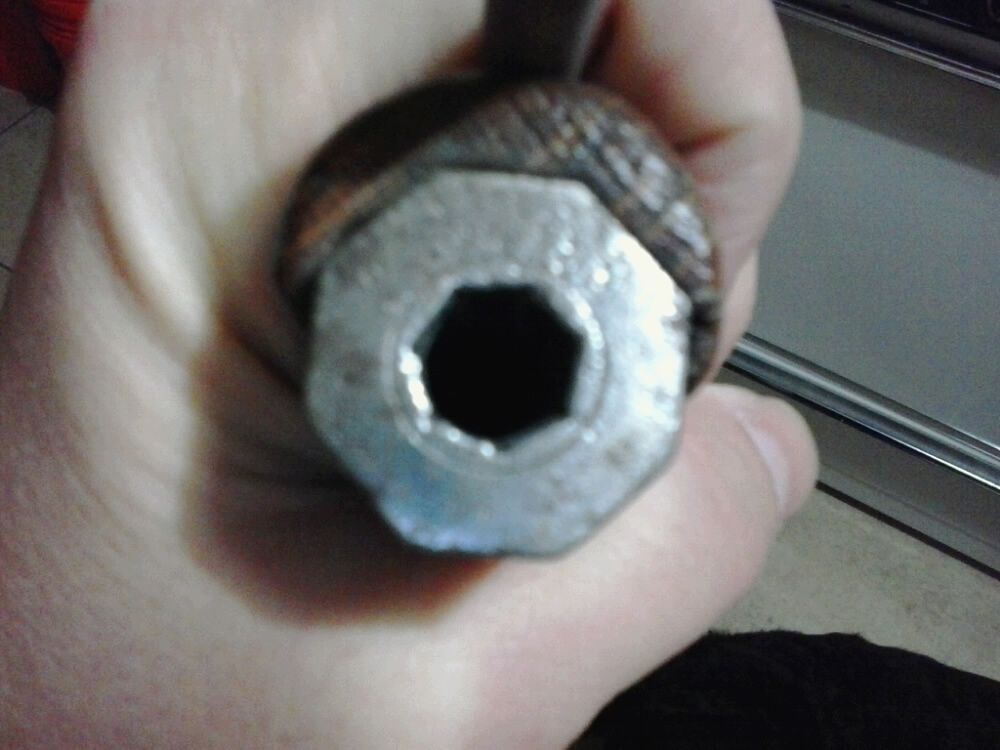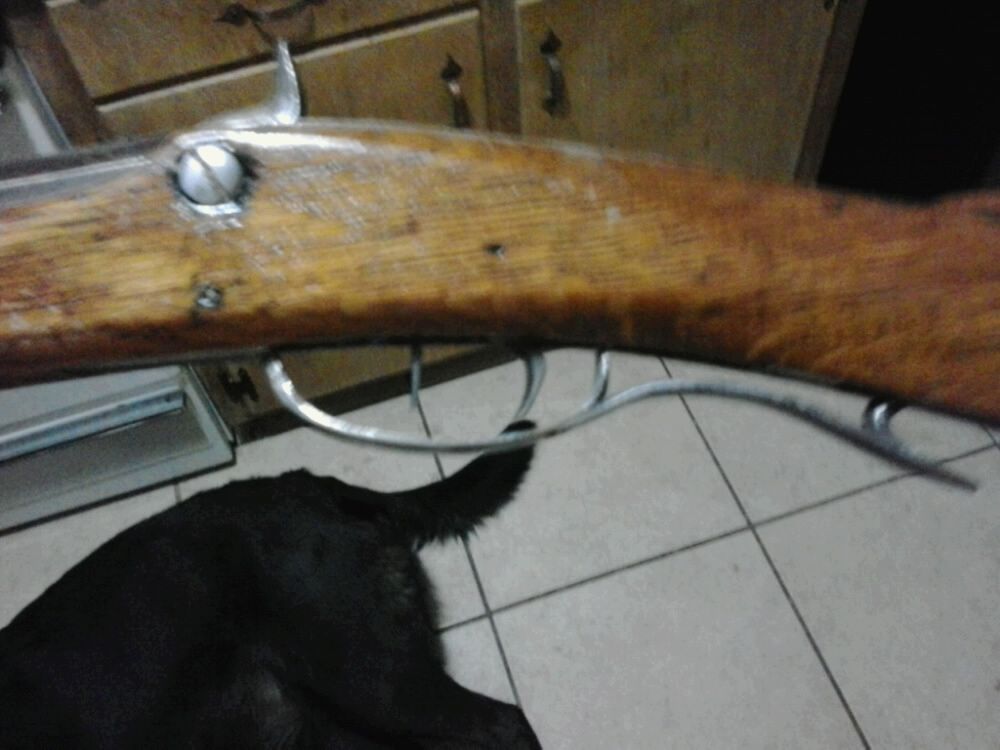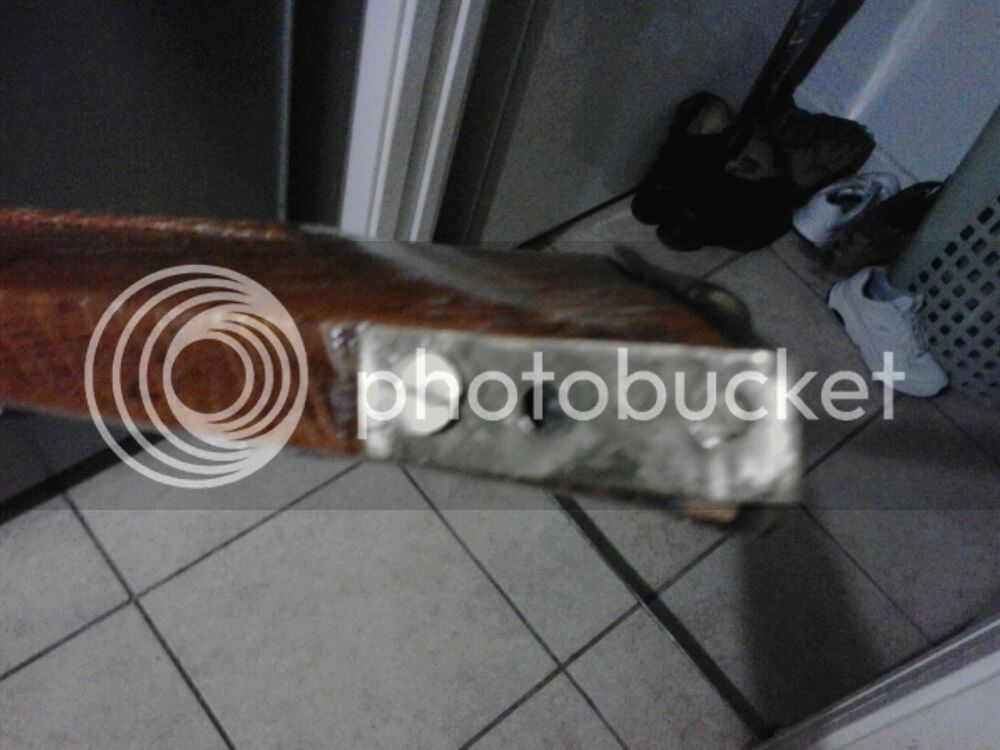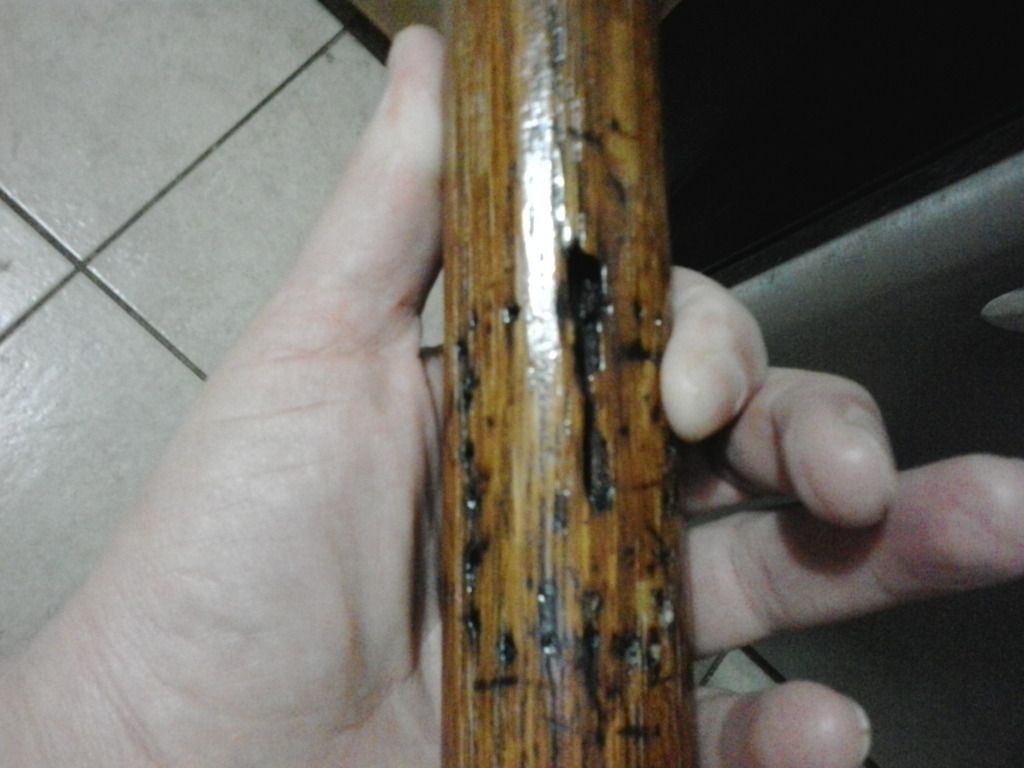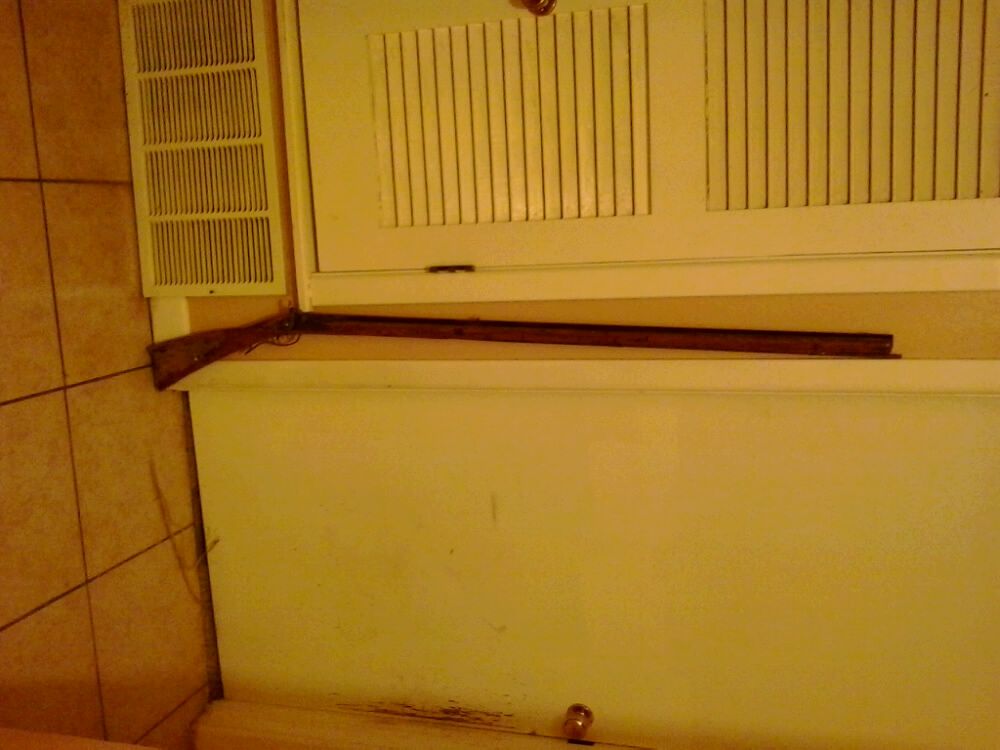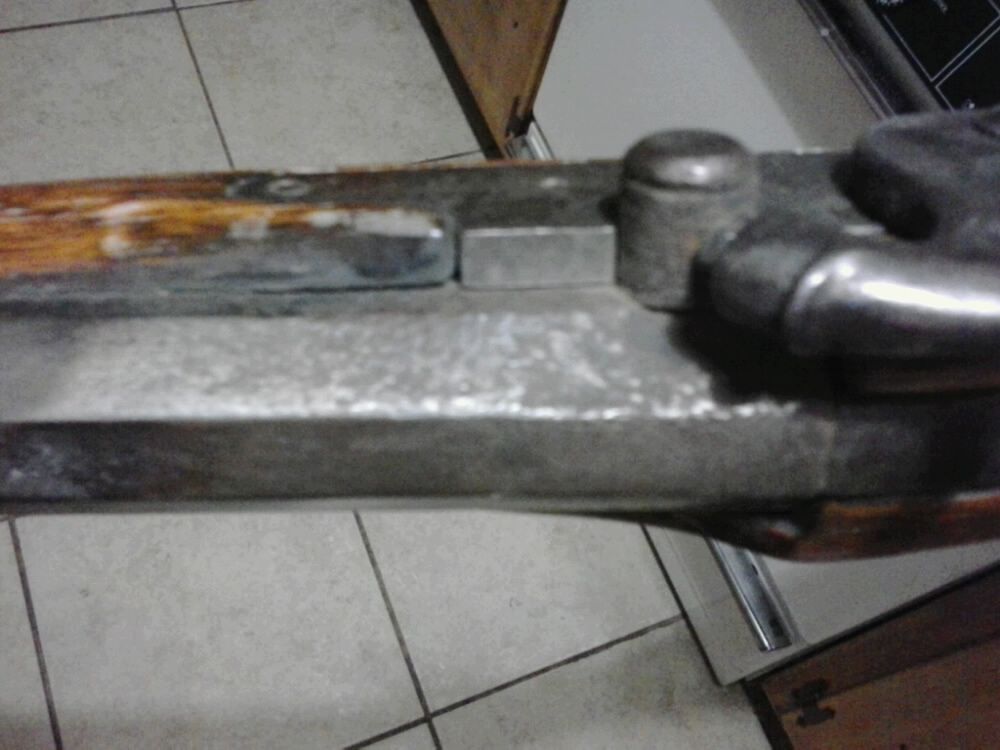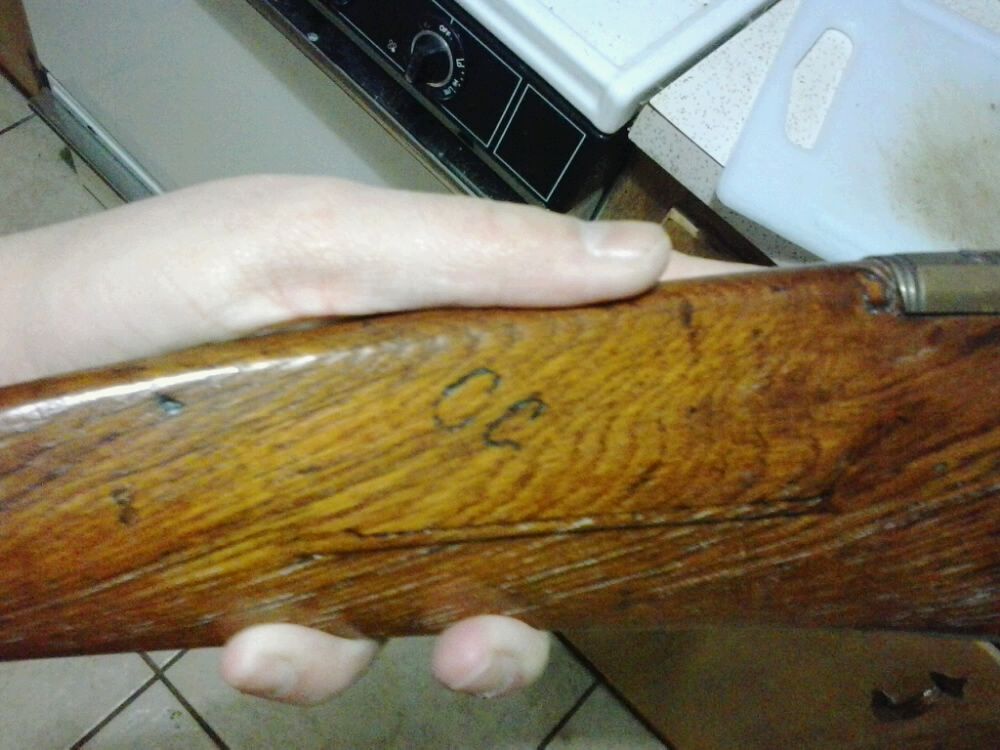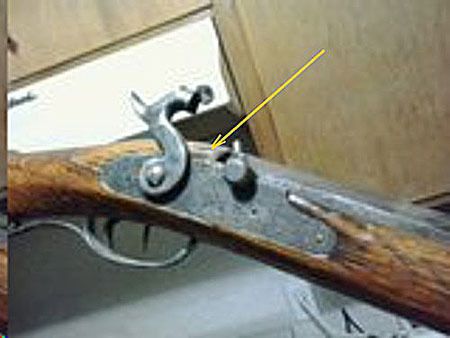Lonegun1894
54 Cal.
- Joined
- Oct 2, 2005
- Messages
- 1,531
- Reaction score
- 17
I was given a rifle, and have been told it is original built in 1803, but don't know if that is true or just wishful thinking. I will attempt to attach photos, and hope it works.
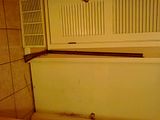
This rifle is .38 caliber, with a 15/16" straight octagon barrel that measures 45" from the muzzle to the drum, and weighs about 10 lbs as per my bathroom scale. It has a 13" LOP, with 4" drop at heel, a 4" tall by 1 7/8" wide buttplate.
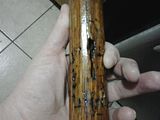
Some stock damage just ahead of the trigger guard. Looks like there was something pinned or nailed in place here, but it is now gone.
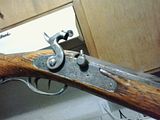
Obviously a caplock, but no name or date on it anywhere. I was told this was originally built in 1803 as a flintlock and then converted, but have no way to verify this.

This rifle is .38 caliber, with a 15/16" straight octagon barrel that measures 45" from the muzzle to the drum, and weighs about 10 lbs as per my bathroom scale. It has a 13" LOP, with 4" drop at heel, a 4" tall by 1 7/8" wide buttplate.

Some stock damage just ahead of the trigger guard. Looks like there was something pinned or nailed in place here, but it is now gone.

Obviously a caplock, but no name or date on it anywhere. I was told this was originally built in 1803 as a flintlock and then converted, but have no way to verify this.





